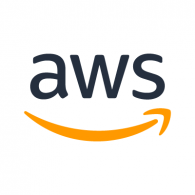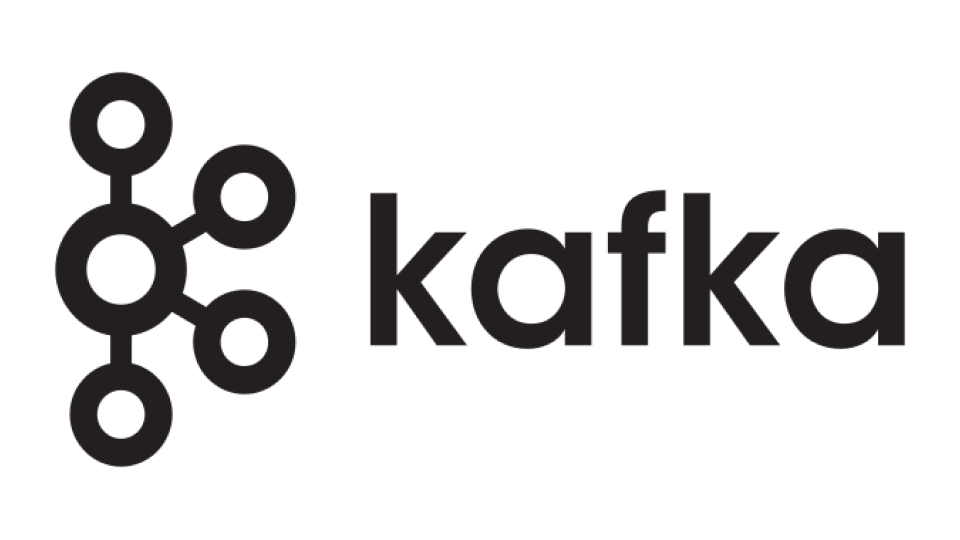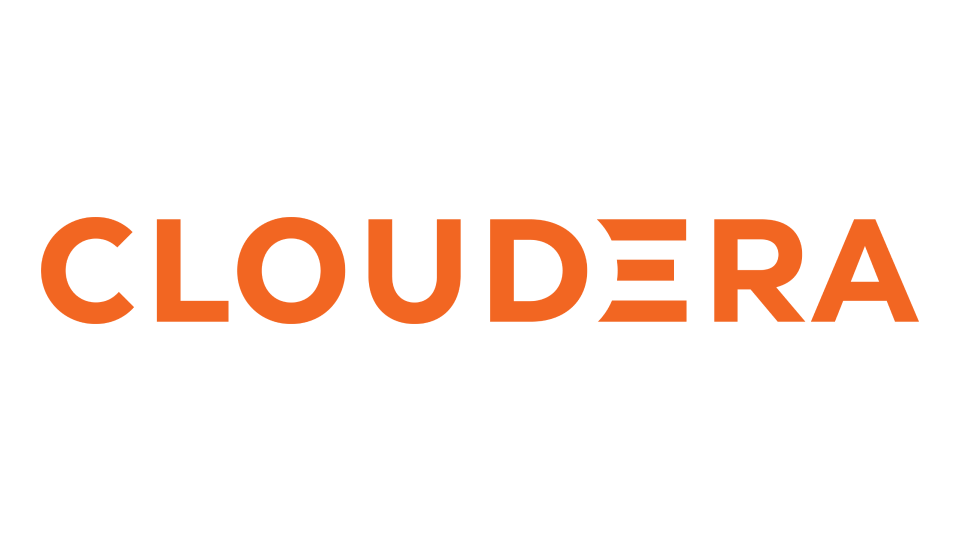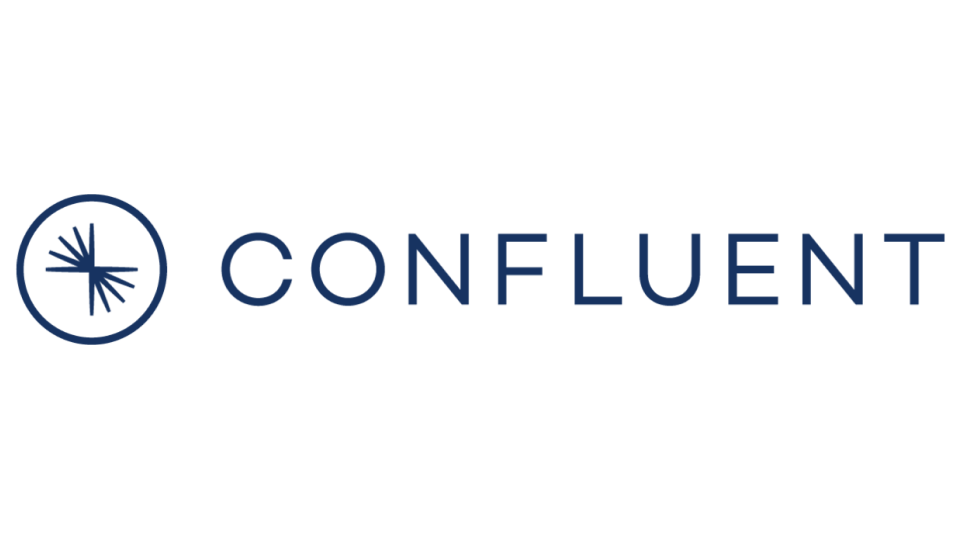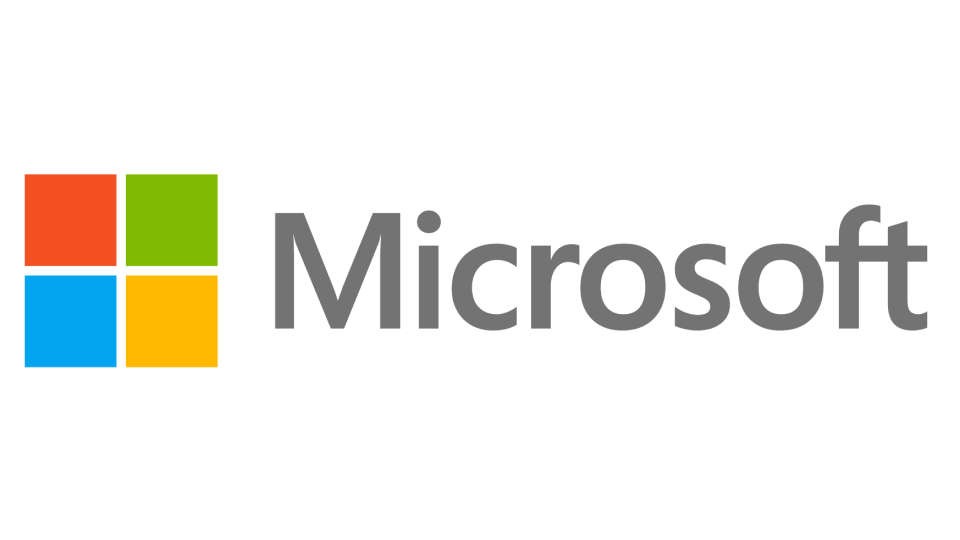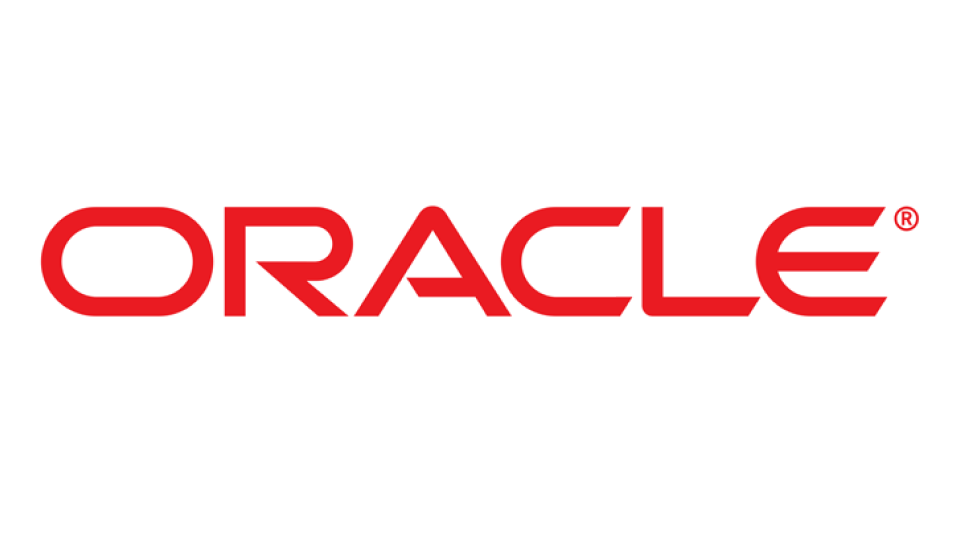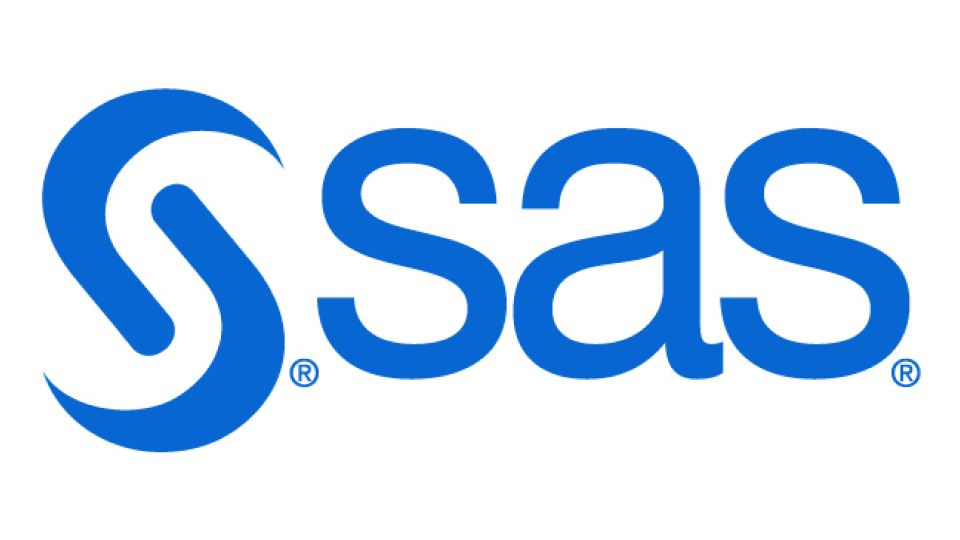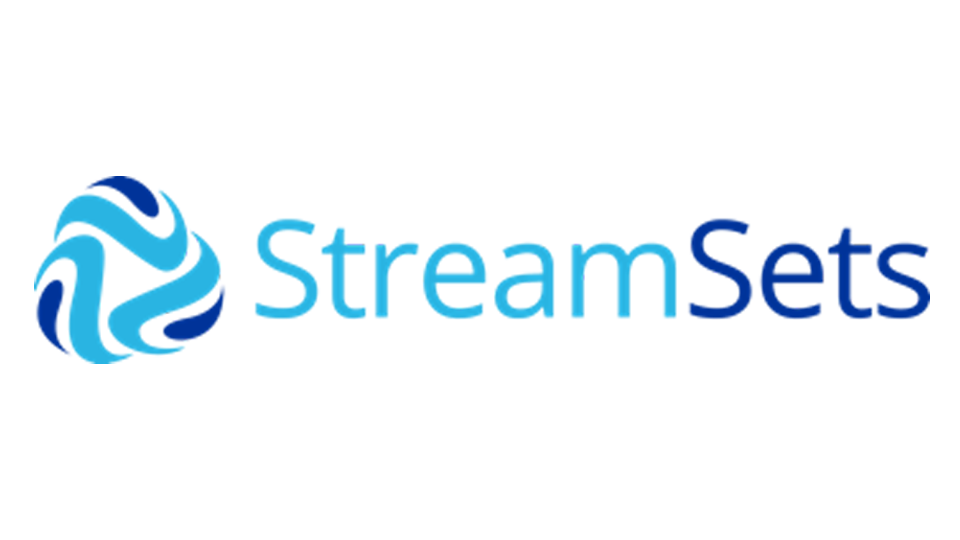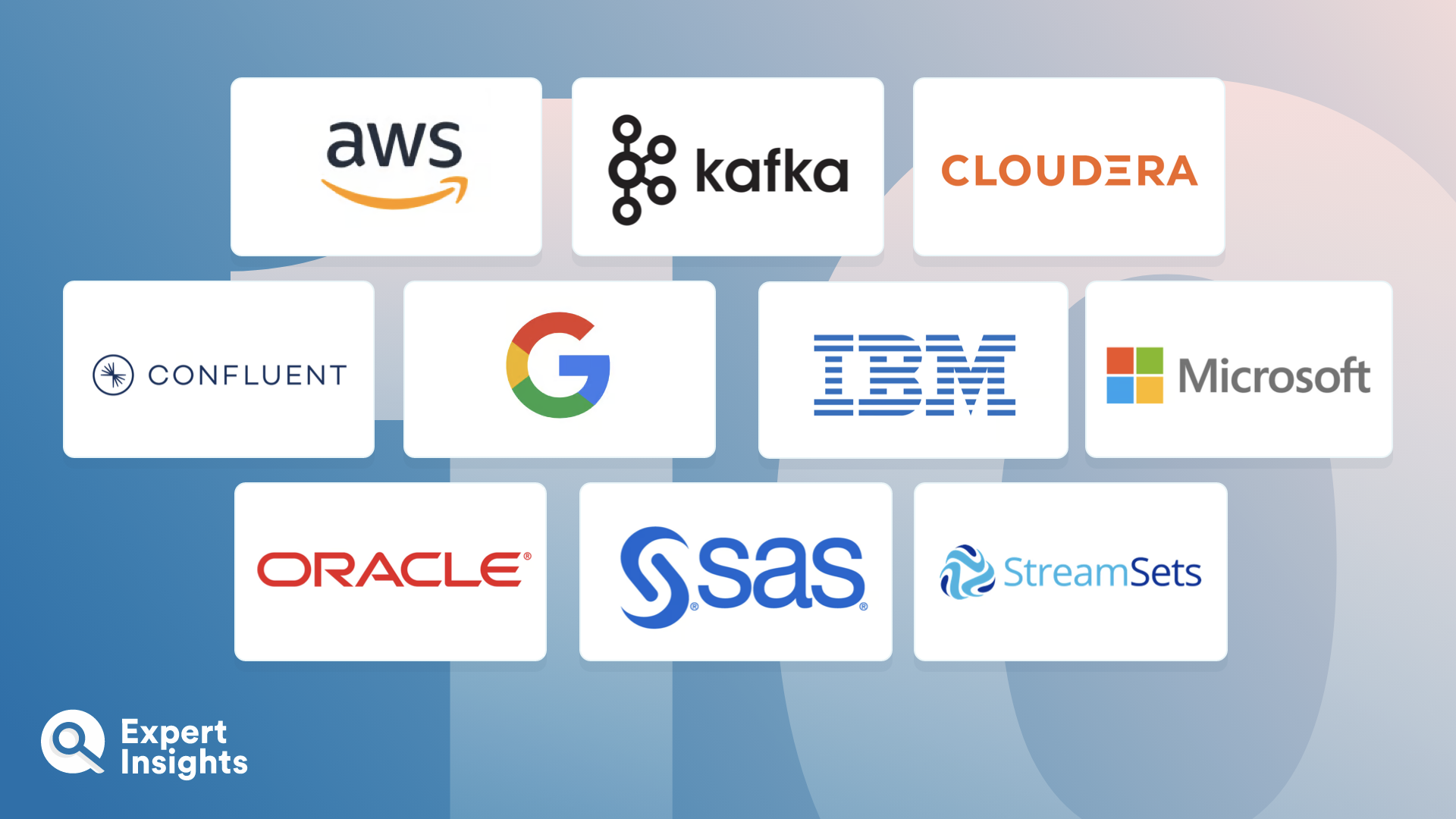Event Stream Processing (ESP) software is a technology that enables the real-time analysis and processing of data streams as they are generated. It allows organizations to ingest, analyze, and act on large volumes of continuous data flows from various sources such as sensors, social media, and transaction logs. ESP software can filter, aggregate, and transform data in real-time, providing immediate insights and facilitating rapid decision-making.
The benefits of using ESP software include enhanced responsiveness and operational efficiency. By processing data in real time, organizations can detect patterns, trends, and anomalies as they occur, allowing for timely interventions and actions. This capability is crucial for applications such as fraud detection, monitoring system performance, and managing IoT devices. Additionally, ESP software helps reduce latency and improves the accuracy of data-driven decisions by providing up-to-the-minute information, thereby enhancing overall business agility and competitiveness.
In this article, we’ll explore the top event stream processing software highlighting each solutions key use-cases and features, making it easier for you to find the best solution for your use-case.



